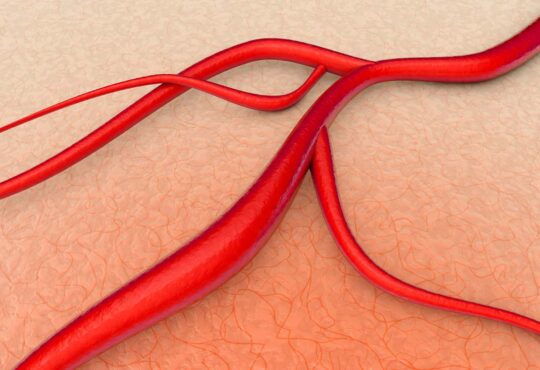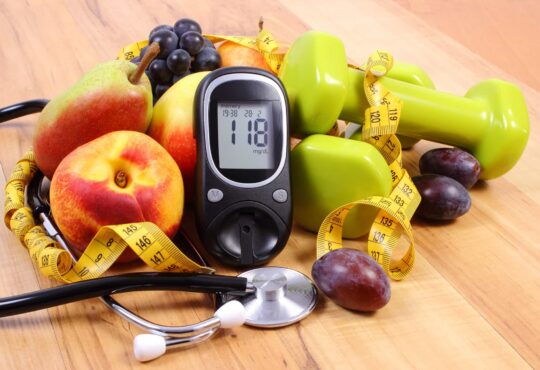How to Breathe for Better Health and Less Anxiety, Stress and Depression

For decades, legions of coaches, gym teachers, personal trainers, and yoga gurus have been exhorting us to suck in more of that magic medical molecule – oxygen.
Sadly . . . they’re all wet.
Unless you have respiratory disease or lung damage, or you’re climbing Mt Everest, or skin diving, or in the middle of an all-out sprint – you’re almost certainly inhaling plenty of oxygen.
Probably too much.
Most likely, if you put a pulse oximeter (available at any drugstore) on the tip of your finger right now, you’d probably see your blood is 95% to 99% saturated with oxygen.
That’s normal – fine.
Why not 100%?
Because you don’t inhale oxygen to saturate your blood but to power your cells.
It’s your cells that need to burn it for energy. Your blood is just the delivery van.
If your blood is 100% saturated with oxygen, that indicates your cells can’t absorb the oxygen they need. What good is an Amazon Prime van full of undelivered boxes?
How do you get your cells to take oxygen from your blood?
That’s managed by carbon dioxide – CO2.
Carbon dioxide is NOT a “waste product” or “bad air.” It’s vital and important in its own right.
Your cells do produce it as a byproduct of metabolizing energy – and your blood does carry the excess to your lungs so it can be exhaled.
Yet it also plays a vital role in the complex breathing cycle, where carbon dioxide and oxygen dance back and forth.
When carbon dioxide builds up in your blood, that sends an important message to your brain:
BREATHE!
Without it, you’d die of oxygen deprivation.
It’s carbon dioxide that controls your moment-by-moment respiration, not oxygen.
The Problem
Most people over breathe.
That means they inhale too much oxygen.
What’s the Issue With Too Much Oxygen?
Oxygen is the first, original toxic pollutant on Earth.
Keep in mind, it’s highly reactive. It loves to bind with other elements. That is why it turns iron to rust. That instability gives it the energy we get from it – but also makes it volatile and dangerous.
When life first appeared on Earth, the atmosphere had no oxygen – just hydrogen and other light gases.
When oxygen began to accumulate in the atmosphere, it was basically toxic. Life had to adapt. Ancient organisms learned to burn it for energy.
But that creates free radicals, which destroy our tissues. You’ve heard a lot about how free radicals, or reactive oxygen species, damage the cells of our bodies.
Our bodies have developed a lot of ways to protect themselves (including eating lots of antioxidant-rich foods), but the best protection against free radicals is to minimize how much oxygen we take in.
For optimal health, we want to stay in the “Goldilocks” zone where we inhale enough to give us all the energy our cells need, but not so much we’re overwhelmed and damaged by free radicals.
Carbon Dioxide is the Key
That’s because the CO2 in our blood influences how often we breathe.
Many people have a low tolerance for carbon dioxide buildup in the blood.
That limits how well cells can take in oxygen from the blood. And it triggers over breathing.
Optimal healthy breathing is taking 5-6 breaths per minute. Yet most people take 12-20, or even more.
Also, healthy breathing has gaps between breaths, 2-3 second pauses when you’re effectively but unconsciously holding your breath.
Breathing is Closely Tied to Your Emotions
That’s why we gasp and sob when we’re upset, angry or scared.
Therefore – no surprise – over breathing caused by a low tolerance to carbon dioxide is closely associated with anxiety, depression and feelings of overwhelm and stress.
That’s why taking long, slow deep breaths is so calming.
But in our daily lives, we can’t just sit and breathe. We want to develop a higher tolerance for carbon dioxide so we’re automatically calmer.
The good news is, you can train your body to automatically breathe in a healthier manner.
First, Measure Your Current C02 Tolerance
Understand I’m NOT talking about aerobic fitness or cardiovascular conditioning. You can be a highly trained athlete and still have a low tolerance for carbon dioxide.
1. Get a timer ready, such as the one on your phone, or a stopwatch.
2. Breathe deeply through your nose, expanding your diaphragm to pull in as much air as possible.
3. When your lungs are as full as you can get them, start the timer – and begin to exhale.
4. Breathe out as long as your possibly can. That is, while still exhaling something, hold in enough breath to keep the exhalation going – for as long as possible. Make it long and slow.
DO exhale! The test is about dragging out the exhale, not how long you can hold your breath.
5. When you finish the exhale, turn off the timer.
How long did it take you to complete a full exhalation when trying to drag it out for as long as possible?
If 20 seconds or less, your “score” is 3.
If 25 to 45 seconds, your “score” is 5 to 6.
If 50 seconds or longer your score is 8 to 10.
The longer you took to expel your breath, the higher your carbon dioxide tolerance.
So now, how do we go about improving our scores?
Box Breathing
This is a technique usually credited to Navy Seals or other Special Forces. They’ve found it helps them remain calm and focused before they go on a mission.
When you feel nervous, anxious, or frazzled during life, you can use it that way too.
But, it turns out, habitual box breathing gradually increases your tolerance for CO2 – and, therefore, improves your general mood, reducing anxiety, stress, and depression. It also lowers blood pressure and improves sleep.
How to Perform Box Breathing
Breathe in and out only through your nostrils.
The usual instructions tell you:
1. Breathe in for a count of 4
2. Hold for a count of 4
3. Breathe out for a count of 4
4. Hold for a count of 4
That’s supposedly what soldiers do.
But, to improve your habitual breathing, you can simply substitute your “score” on the exhalation test.
That is:
If your carbon dioxide tolerance is really low, use a count of 3.
If you’re in the middle range, use a count of 5 or 6.
If you’re already in the high range, use a count of 8 to 10.
That will give your body experience in dealing with slightly higher than usual levels of carbon dioxide. Over time, you will adapt by having greater tolerance.
Perform this box breathing for three to five minutes, one or two times per week.
If you have the time, 10 minutes every day should accelerate your progress.
Re-do the exhalation test every month or when it begins to seem too easy, so you see how you’re improving.
Increase your count as you improve.
Also: unless you’re exercising, talking, or eating – always breathe through your nostrils, NOT your mouth.
CAUTION: If you do have anxiety or you get emotionally upset easily, proceed with caution.
If you become nervous or overwhelmed, stop and rest.
As your CO2 tolerance improves, you’ll grow habitually calmer and less anxious.
https://www.youtube.com/watch?v=x4m_PdFbu-s
https://www.amazon.com/Breath-New-Science-Lost-Art-ebook/dp/B0818ZZNLR/
https://www.amazon.com/Oxygen-Advantage-Scientifically-Breathing-Techniques-ebook/dp/B00RLU286G/
https://www.amazon.com/BREATHING-CURE-Develop-Healthier-Happier-ebook/dp/B08ZT37NQ8/
https://www.youtube.com/watch?v=FJJazKtH_9I
https://www.othership.us/resources/co2-tolerance
https://www.amnh.org/explore/videos/earth-and-climate/the-rise-of-oxygen/earth-without-oxygen







